Pysanka: History and Meaning of Ukrainian Easter Eggs
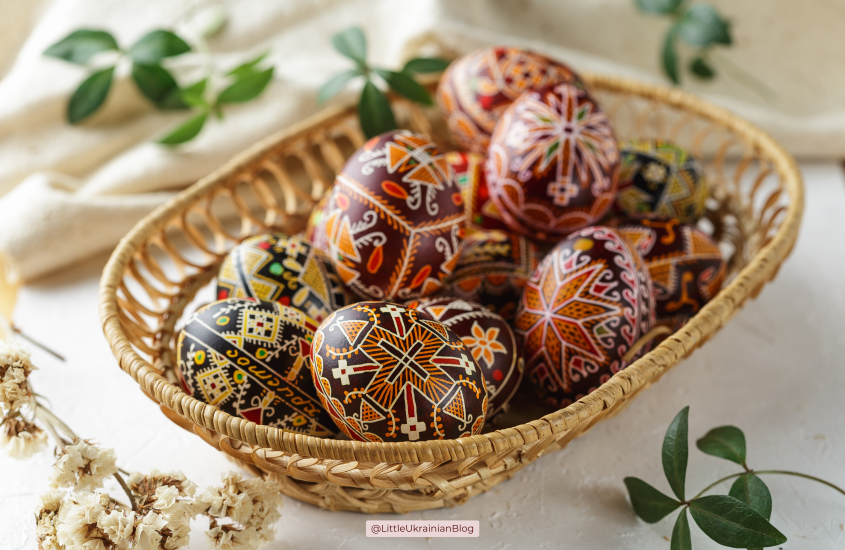
Pysanky – the ultimate Ukrainian Easter Eggs. Each year, as Easter approaches, Ukrainian households come alive with vibrant hues and delicate designs adorning handmade Easter eggs. But beyond their aesthetic appeal lies a rich tapestry of history and meaning. Join us as we uncover the artistry, symbolism, and traditions that make pysanka an integral part of Ukrainian heritage and Easter celebrations worldwide.

Contents

Pysanka
Писанка
A pysanka (plural Pysanky) is a traditional Ukrainian Easter egg decorated using a wax-resist method, known as the batik method. The process involves applying melted wax to the eggshell in a design, then dipping it into different coloured dyes, layer by layer. Once the final layer of dye is applied, the wax is melted off to reveal the intricate design underneath.
Originating from the Ukrainian verb «писати» (pysaty), which translates to “to write,” it underscores a nuanced approach to the craft. Rather than simply “decorating” or “making” pysanky, Ukrainians often use the phrase “writing pysanky,” emphasising the attention to detail in the process. This small linguistic nuance reflects the cultural significance of the art form. So, when Ukrainians speak of “writing pysanky,” they are not merely decorating eggs; they are crafting stories, traditions, and cultural heritage onto each delicate shell.
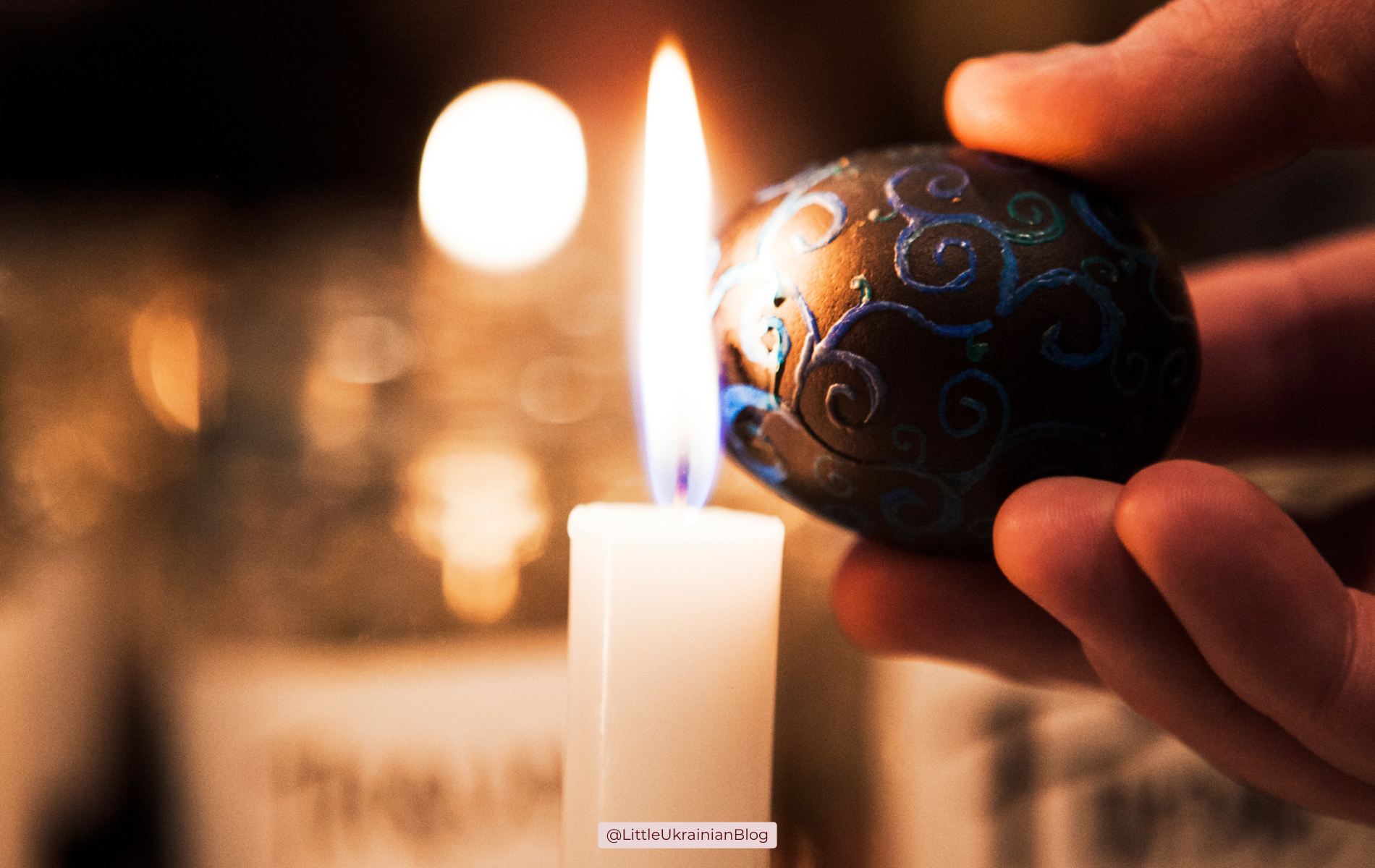
Pysanky are just one form of Ukrainian Easter Eggs. You can discover more here.

History
Історія
The history of pysanka spans across centuries. According to several scholars, the history of the batik method dates back to the pre-Christian era. In Pagan times, the egg was honoured during rite-of-Spring festivals. It represented the rebirth of the earth. The long, hard winter was over; the earth burst forth and was reborn just as the egg miraculously burst forth with life. The egg therefore, was believed to hold special powers
Over time, as Christianity spread across Ukraine, these Pagan traditions merged with Christian symbolism, evolving pysanky into symbols of the resurrection and new life associated with Easter. Pysanky motifs also evolved to incorporate more religious elements, such as churches. During Holy Week, pysanka are decorated and then included in the Easter Basket for Easter Saturday.
Traditionally, only natural homemade dyes were used. Dyestuffs were collected throughout the year and dried out for this occasion. For example, beetroot was sometimes used for a deep red, and sunflower husks were used to achieve a green. However, as times have evolved, so too have the techniques and materials. Today, synthetic dyes are most commonly used, offering a broader spectrum of colours.
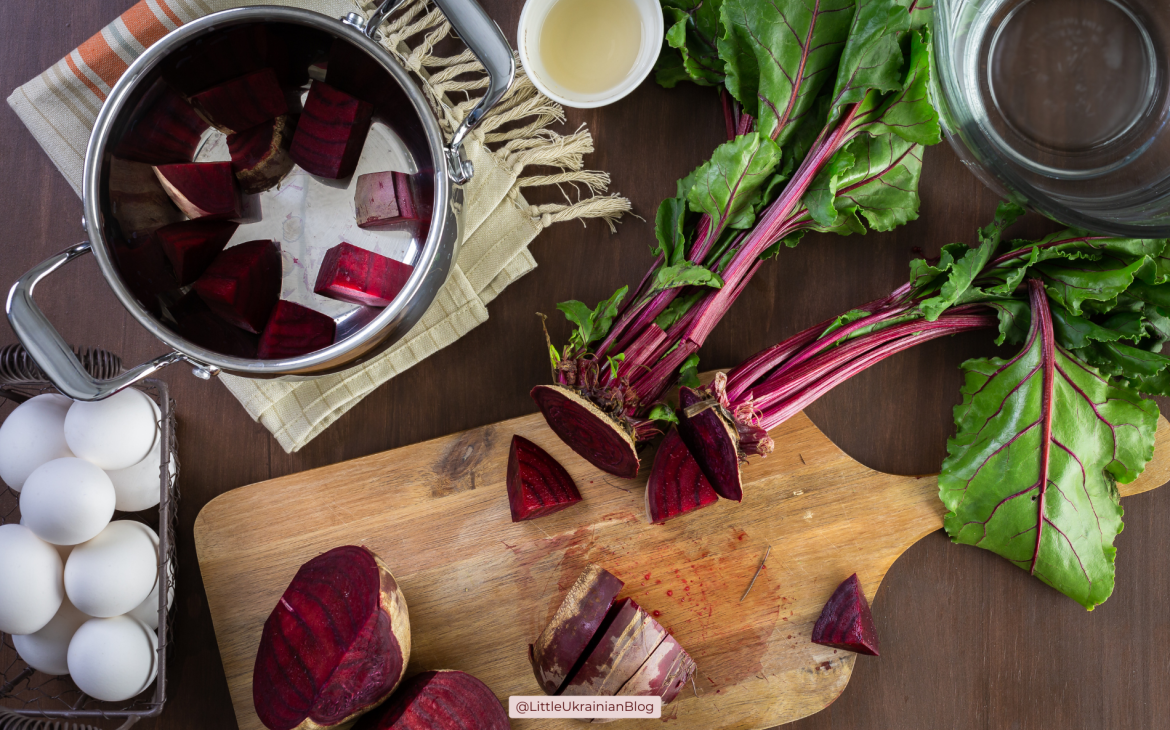

Colour Symbolism
Символіка кольорів
Each egg is dipped in a different coloured dyes, starting from the lightest and ending with the darkest as the final colour. Each colour used holds high symbolism. Although these meanings can differ between regions, generally they can be categorised as follows:
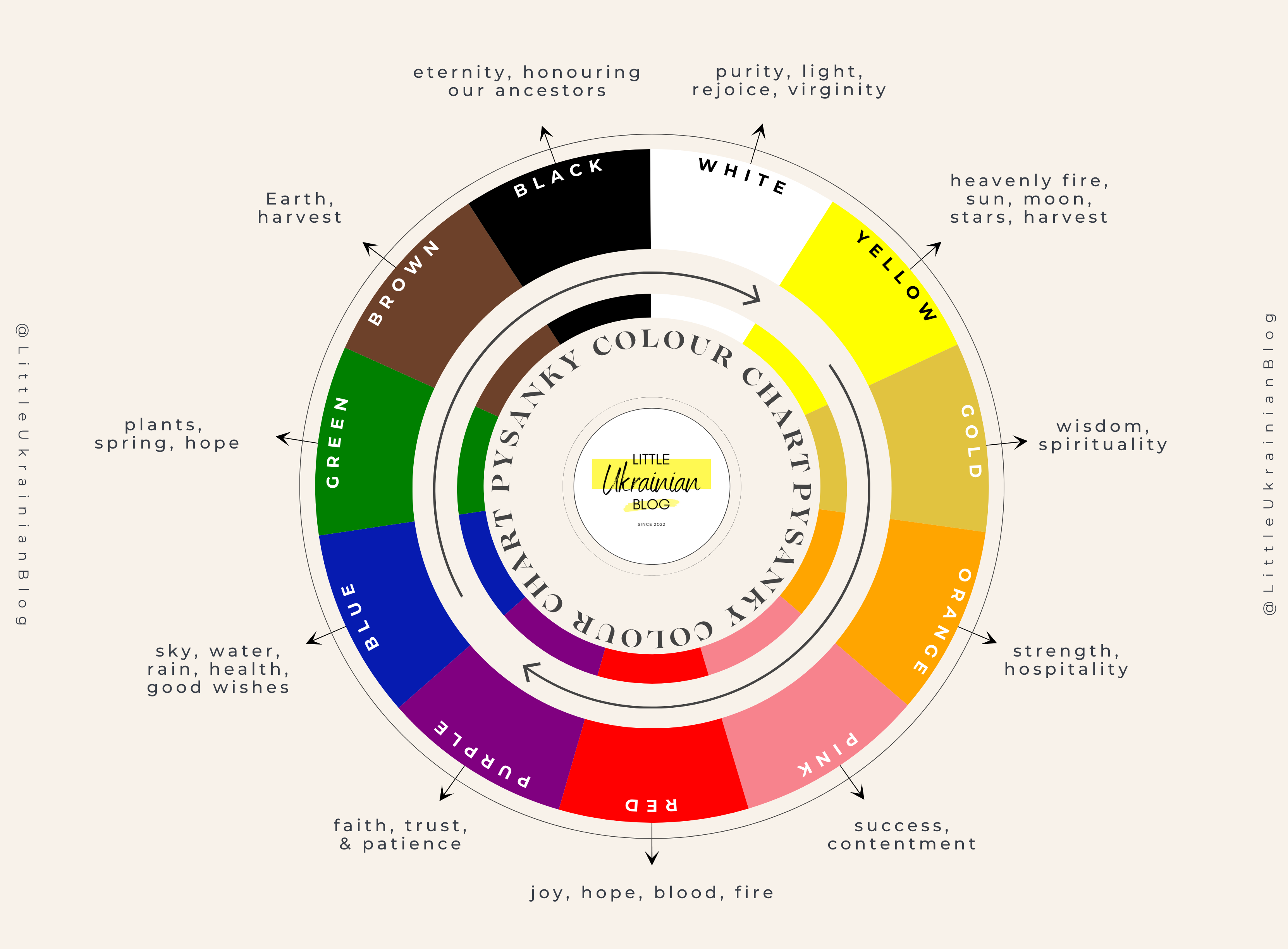
Please note: These colours include an array from modern synthetic dye palettes. A complete breakdown of the colour theory used for pysanky writing can be found on our website.

Motifs and Symbols
Мотиви та символи
In between each layer of coloured dye is perhaps the most important. The melted beeswax is used to adorn the egg with specially selected motifs and symbols. These designs are typically taken from one, if not more, of the following categories: Geometric, Phytomorphic (plants), Scevomorphic (man-made objects), Zoomorphic (animal), Pagan religious, Christian religious, and Cosmomorphic motifs. Eternity bands are also among the oldest and most common designs on pysanky.
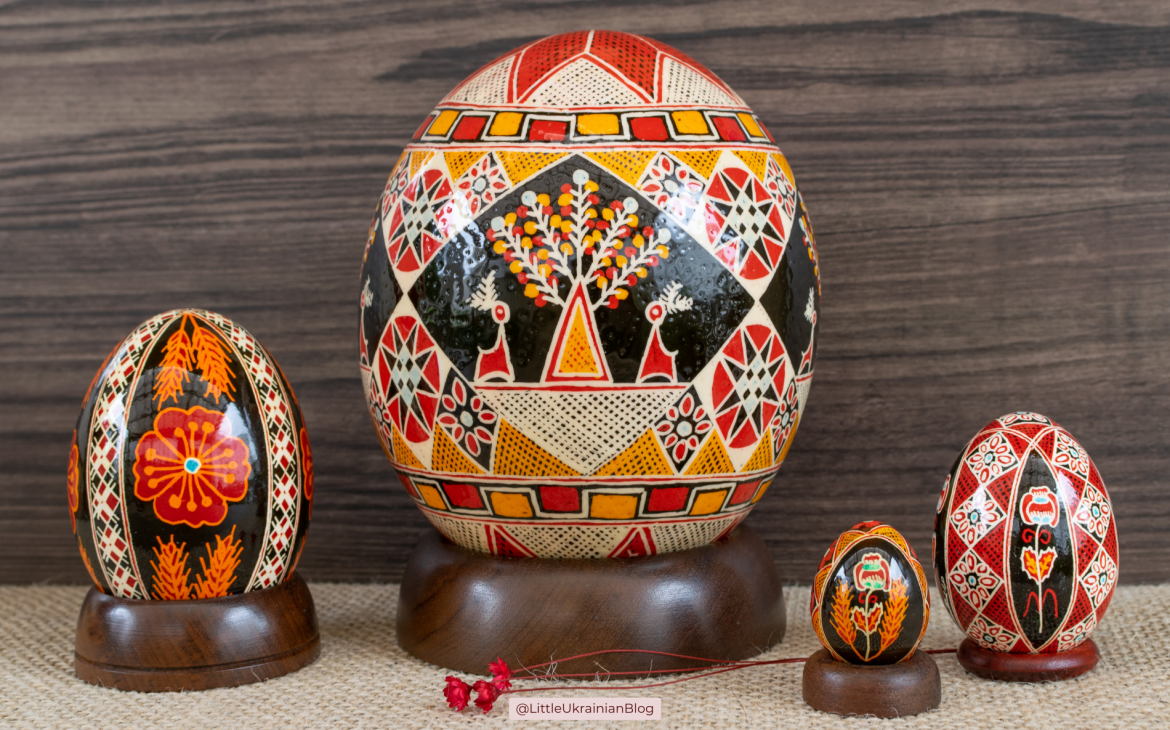

Did you enjoy this post?
We’d love to hear about your own experiences with these beautiful Easter eggs – whether it’s the stories behind your favourite designs or the memories of creating them. Connect with us on social media and share your pysanky traditions. May your Easter celebrations be filled with joy! Христос воскрес!
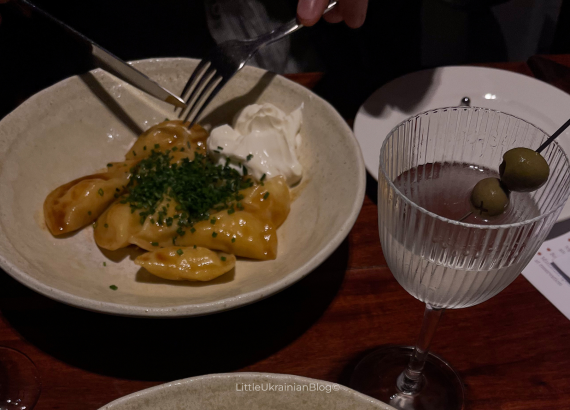
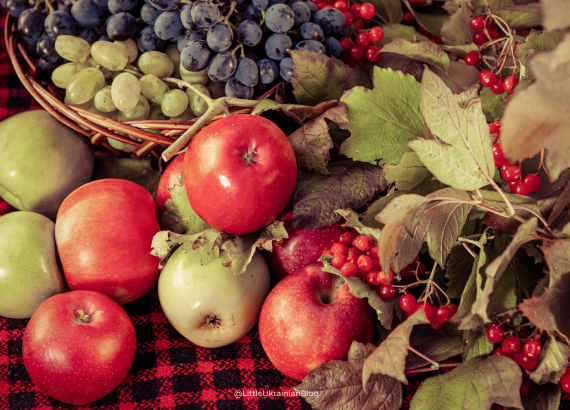
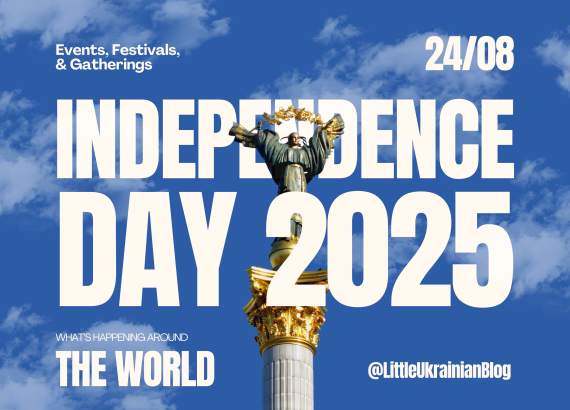
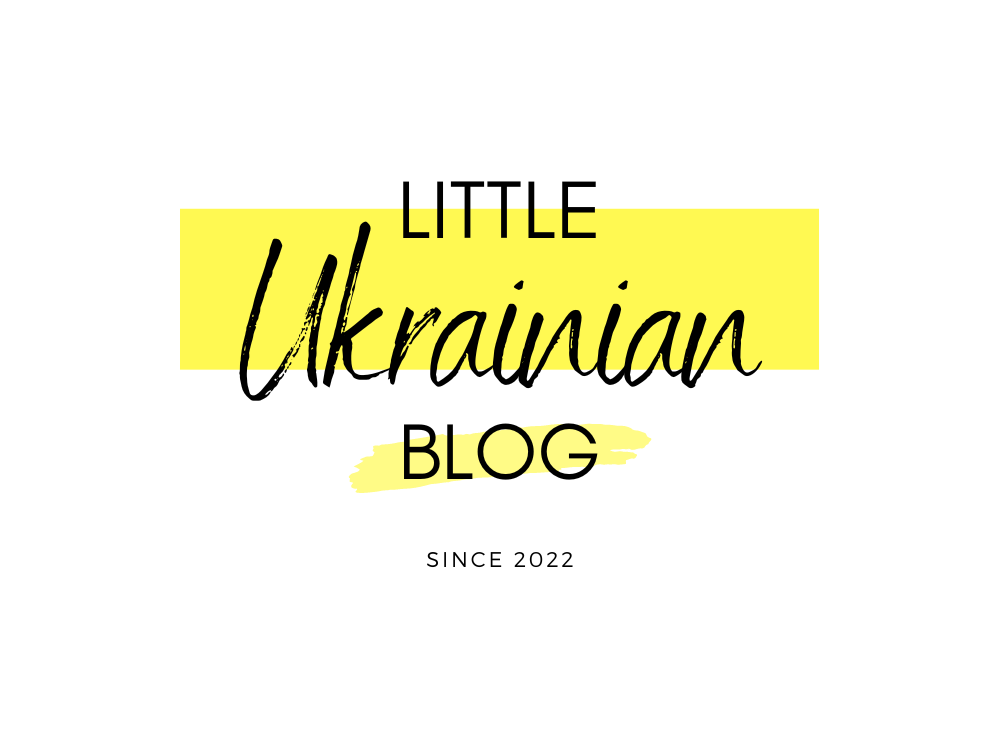
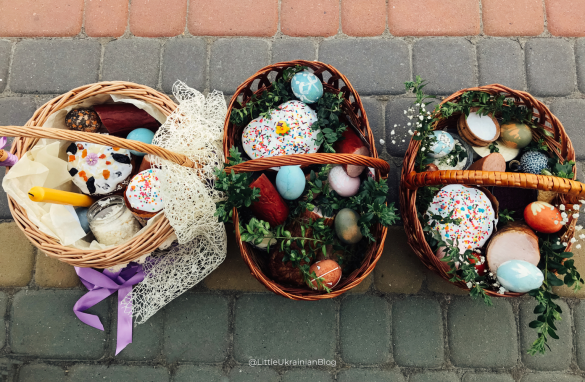

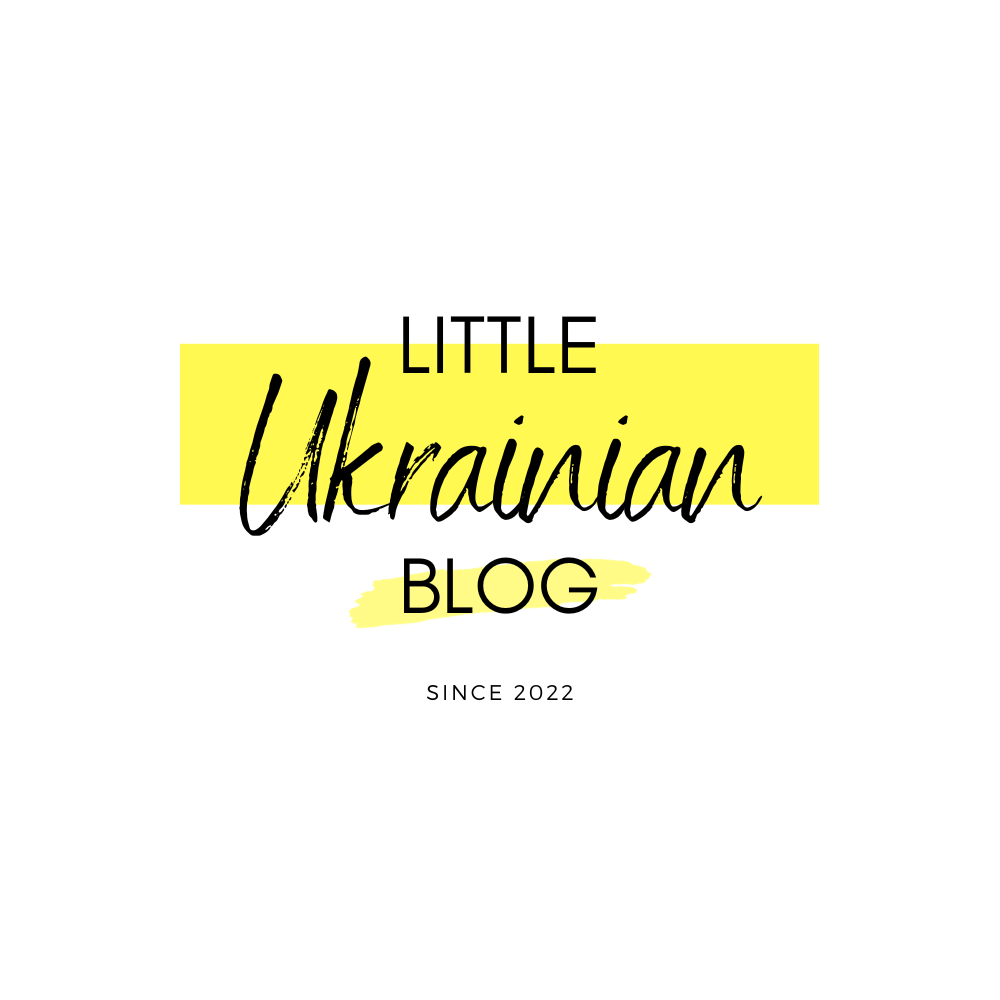

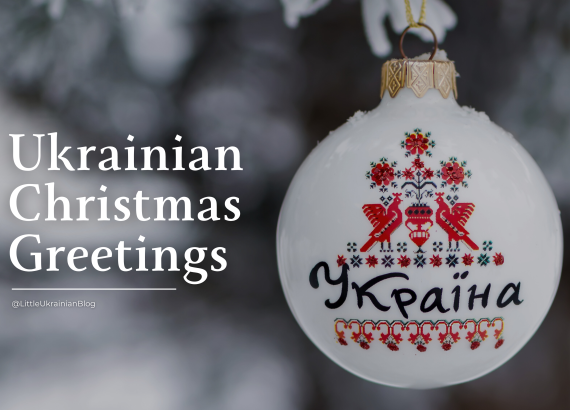
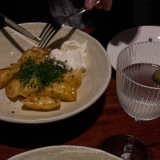
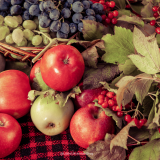

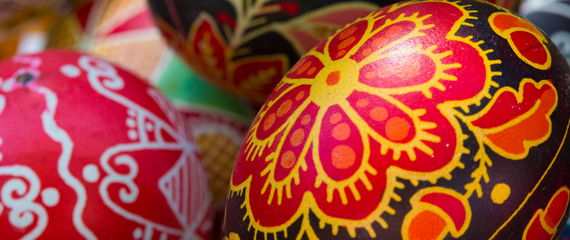
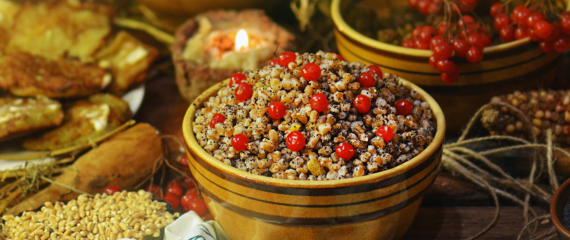
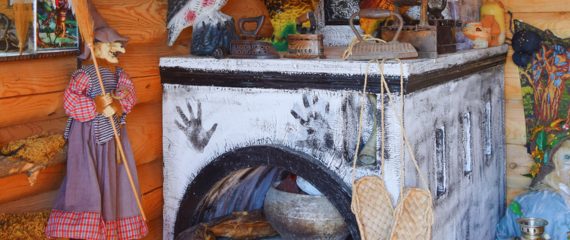

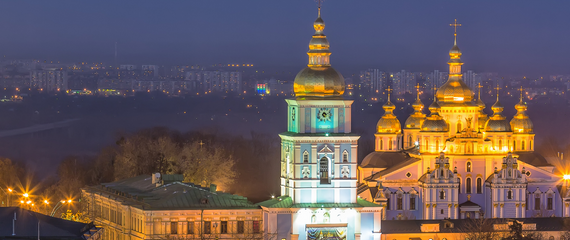
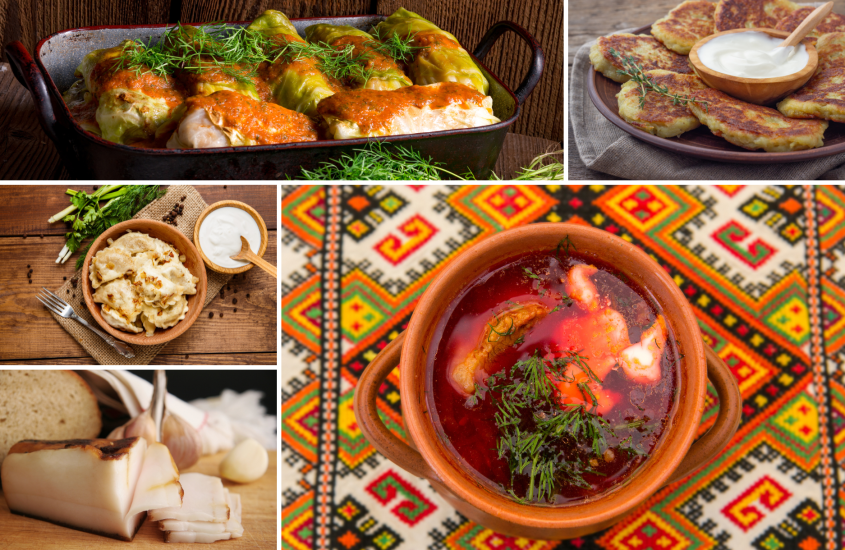
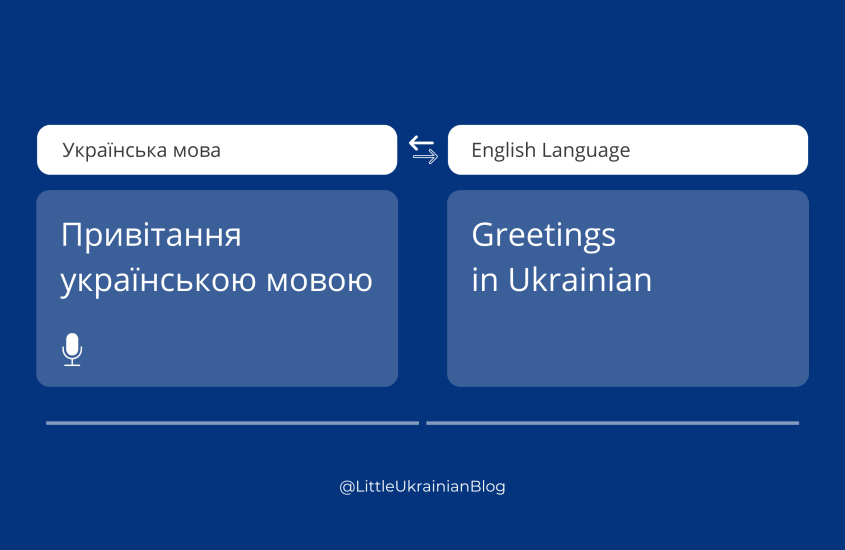
Sarah Adams
Wonderful, thank you! x